Table of Contents
Introduction
The Danelaw, a term derived from the Old English Dena lagu meaning “Danes’ law,” refers to the regions of England where Danish laws and customs prevailed during the Viking Age. Established in the late 9th century, the Danelaw was a product of the Viking invasions and the subsequent treaties between Anglo-Saxon and Norse leaders. Its influence extended far beyond its time, leaving a lasting impact on England’s legal systems, language, and cultural identity. Today, the legacy of the Danelaw continues to resonate in modern society, from place names to legal traditions.
The Origins of the Danelaw
The Danelaw was born out of the Viking invasions of England, particularly the campaigns of the Great Heathen Army, which landed in East Anglia in 865 AD. Led by figures like Halfdan Ragnarsson and Ivar the Boneless, the Vikings sought to conquer rather than merely raid. By the mid-870s, they had overrun the kingdoms of Northumbria, East Anglia, and Mercia, leaving only Wessex under Anglo-Saxon control.
The turning point came in 878 AD, when Alfred the Great of Wessex defeated the Viking leader Guthrum at the Battle of Edington. The subsequent Treaty of Wedmore formalized the boundaries between Viking-controlled territories and Wessex. Guthrum agreed to be baptized as a Christian, and the Danelaw was established as a region where Danish laws and customs would prevail.

The Structure and Governance of the Danelaw
The Danelaw encompassed a vast area, including modern-day Yorkshire, East Anglia, and the Midlands. It was divided into five key boroughs—Derby, Leicester, Lincoln, Nottingham, and Stamford—each governed by a Viking jarl (earl) who reported to the central authority in Jorvik (York).
The Norse settlers introduced unique legal practices, such as the use of weregild (a system of fines for crimes) and trial by combat. They also established things, or assemblies, where free men could debate laws and resolve disputes. This communal approach to governance fostered a sense of participation and fairness, blending Norse and Anglo-Saxon traditions.
Cultural and Linguistic Legacy
The Danelaw was a melting pot of Norse and Anglo-Saxon cultures. Intermarriage and trade led to the blending of traditions, enriching the region’s heritage. Linguistically, Old Norse left a profound mark on the English language. Words like sky, skin, and law have Norse origins, while place names ending in -by (e.g., Grimsby) and -thorpe (e.g., Scunthorpe) reflect Viking settlements.
The influence of the Danelaw extended to legal systems as well. Many Scandinavian legal concepts, such as the idea of a jury, were integrated into English common law, shaping the foundations of modern legal practices.
The End of the Danelaw
The Danelaw’s dominance began to wane in the early 10th century. Alfred’s successors, particularly his daughter Æthelflæd and son Edward the Elder, launched campaigns to reclaim Viking-held territories. By 954 AD, the last Viking king of Northumbria, Eric Bloodaxe, was driven out, marking the end of the Danelaw.
However, the Vikings returned in the early 11th century under leaders like Sweyn Forkbeard and Cnut the Great, who briefly ruled England as part of their North Sea Empire. The Viking presence in England finally ended in 1066 with the defeat of Harald Hardrada at the Battle of Stamford Bridge.
The Danelaw’s Impact on Modern England
The legacy of the Danelaw is still visible today. Place names, linguistic influences, and legal traditions bear witness to the Viking presence in England. DNA studies have also confirmed the genetic impact of Norse settlers, particularly in regions like Derbyshire.
Moreover, the Danelaw’s emphasis on communal governance and legal fairness has influenced modern democratic practices. The concept of assemblies and participatory decision-making can be traced back to the things of the Danelaw.
Conclusion
The Danelaw was more than a historical footnote; it was a transformative period that shaped England’s cultural and legal landscape. From its origins in Viking conquests to its enduring legacy in modern society, the Danelaw stands as a testament to the complex interplay of conquest, coexistence, and cultural exchange. As we walk through towns with Viking names or use words of Norse origin, we are reminded of the profound and lasting impact of this fascinating chapter in history.
References
- Danelaw – Wikipedia
- Danelaw Explained: When the Vikings Ruled in England
- Danelaw: A New Order in England
- When the Vikings ruled in Britain: A brief history of Danelaw
Why Did the Vikings Invade Britain?
The Viking invasions of Britain were driven by a combination of factors:
- Overpopulation and Land Scarcity: Scandinavia’s rugged terrain and limited farmland pushed many Vikings to seek new territories.
- Wealth and Plunder: Britain’s wealthy monasteries and towns were tempting targets for Viking raids.
- Political Instability: The fragmented kingdoms of Anglo-Saxon England were easier to exploit than more unified regions.
- Adventure and Glory: Viking culture celebrated exploration, conquest, and the pursuit of fame.
Key Events of the Viking Invasions
1. The First Raid: Lindisfarne (793 AD)
The Viking Age is often said to have begun with the raid on the monastery of Lindisfarne in 793 AD. This attack shocked the Christian world, as the monastery was one of the most sacred sites in Britain. The Vikings looted treasures, killed monks, and desecrated the holy site, marking the start of a new era of violence and upheaval.
2. The Great Heathen Army (865 AD)
In 865 AD, a massive Viking force known as the Great Heathen Army invaded England. Led by legendary figures like Ivar the Boneless and Halfdan Ragnarsson, they conquered large parts of Anglo-Saxon England, including Northumbria, East Anglia, and Mercia. Their goal was no longer just to raid but to settle and rule.
3. The Danelaw: Viking Rule in England
By the late 9th century, the Vikings had established control over much of northern and eastern England, an area known as the Danelaw. Under the Danelaw, Viking laws and customs prevailed, and towns like York (Jorvik) became thriving centres of trade and culture. The Danelaw lasted until the 10th century, when the Anglo-Saxons began to reclaim their lands.
4. The Battle of Stamford Bridge (1066 AD)
The Viking Age in Britain effectively ended with the Battle of Stamford Bridge in 1066. The Norwegian king Harald Hardrada invaded England, hoping to claim the throne, but was defeated by the Anglo-Saxon king Harold Godwinson. This battle marked the end of large-scale Viking invasions, though their influence endured.
The Impact of the Viking Invasions
The Viking invasions had a profound and lasting impact on Britain:
- Cultural Exchange: The Vikings introduced new words, customs, and technologies to Britain. Many English words, such as “sky,” “egg,” and “knife,” have Old Norse origins.
- Urbanization: Viking settlements like York and Dublin became important trading hubs, boosting economic growth.
- Legal and Political Changes: The Danelaw introduced new legal concepts and influenced the development of English common law.
- Genetic Legacy: DNA studies suggest that many people in northern England and Scotland have Viking ancestry.
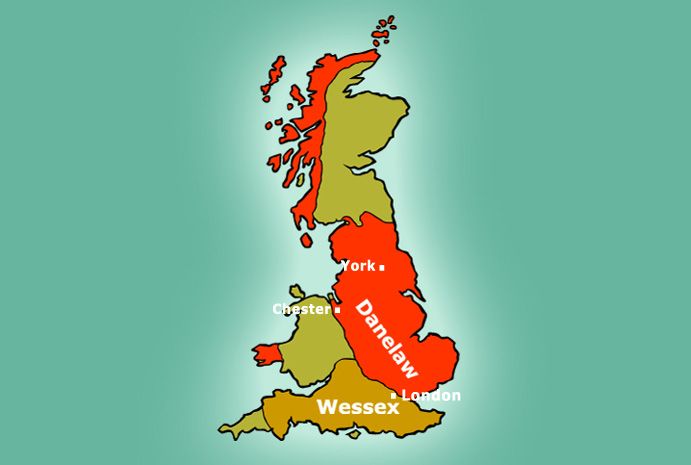
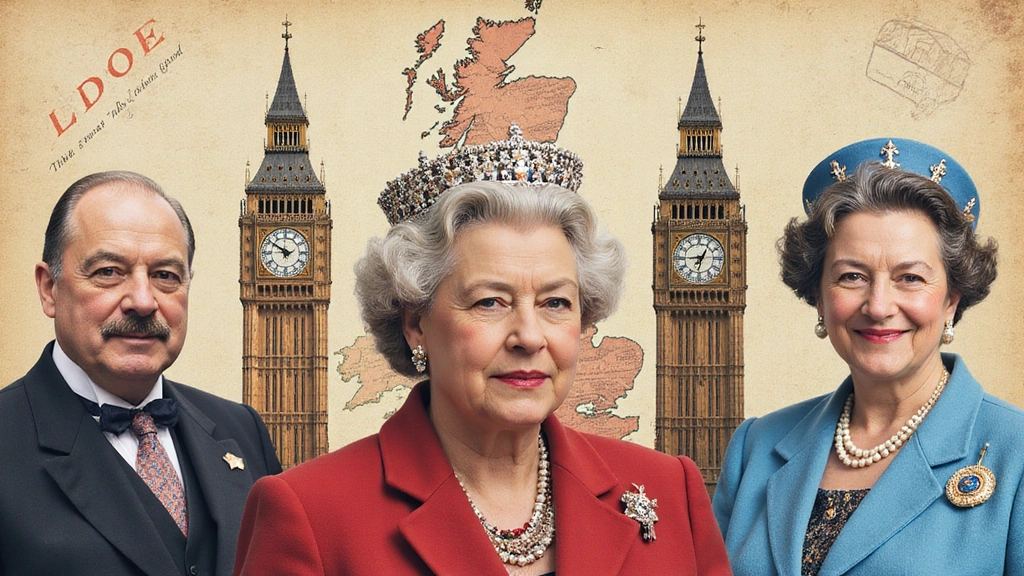
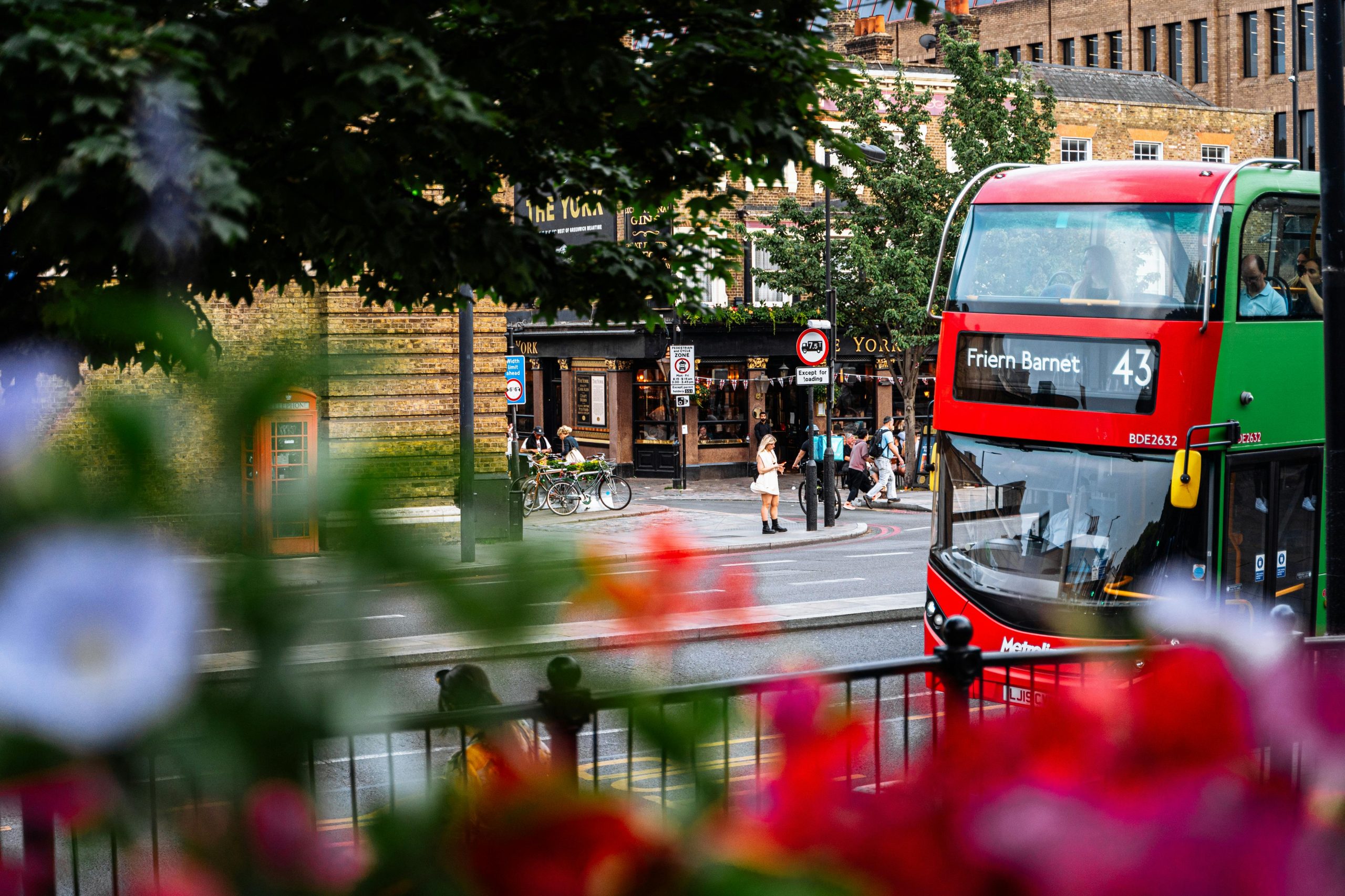
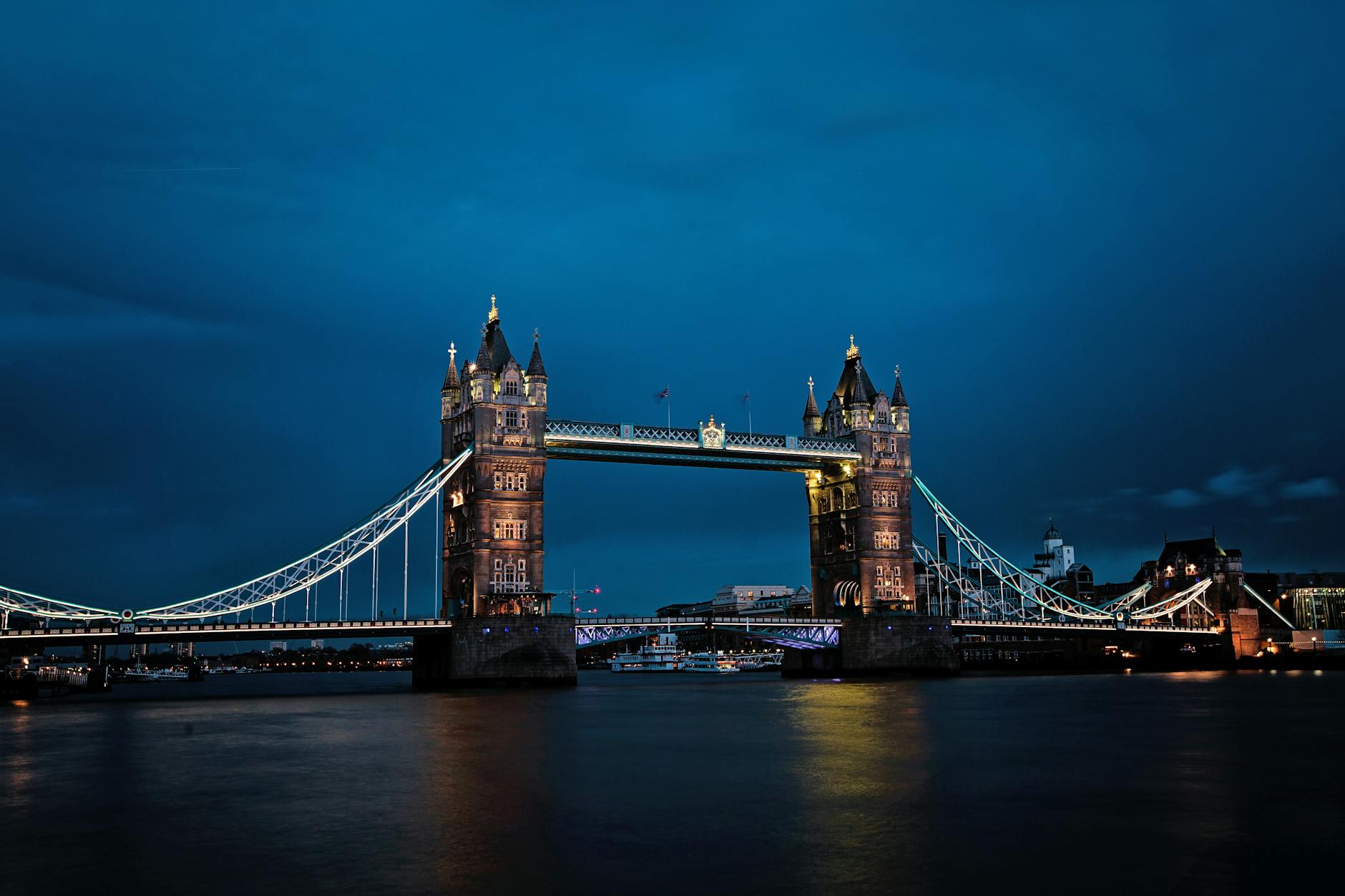
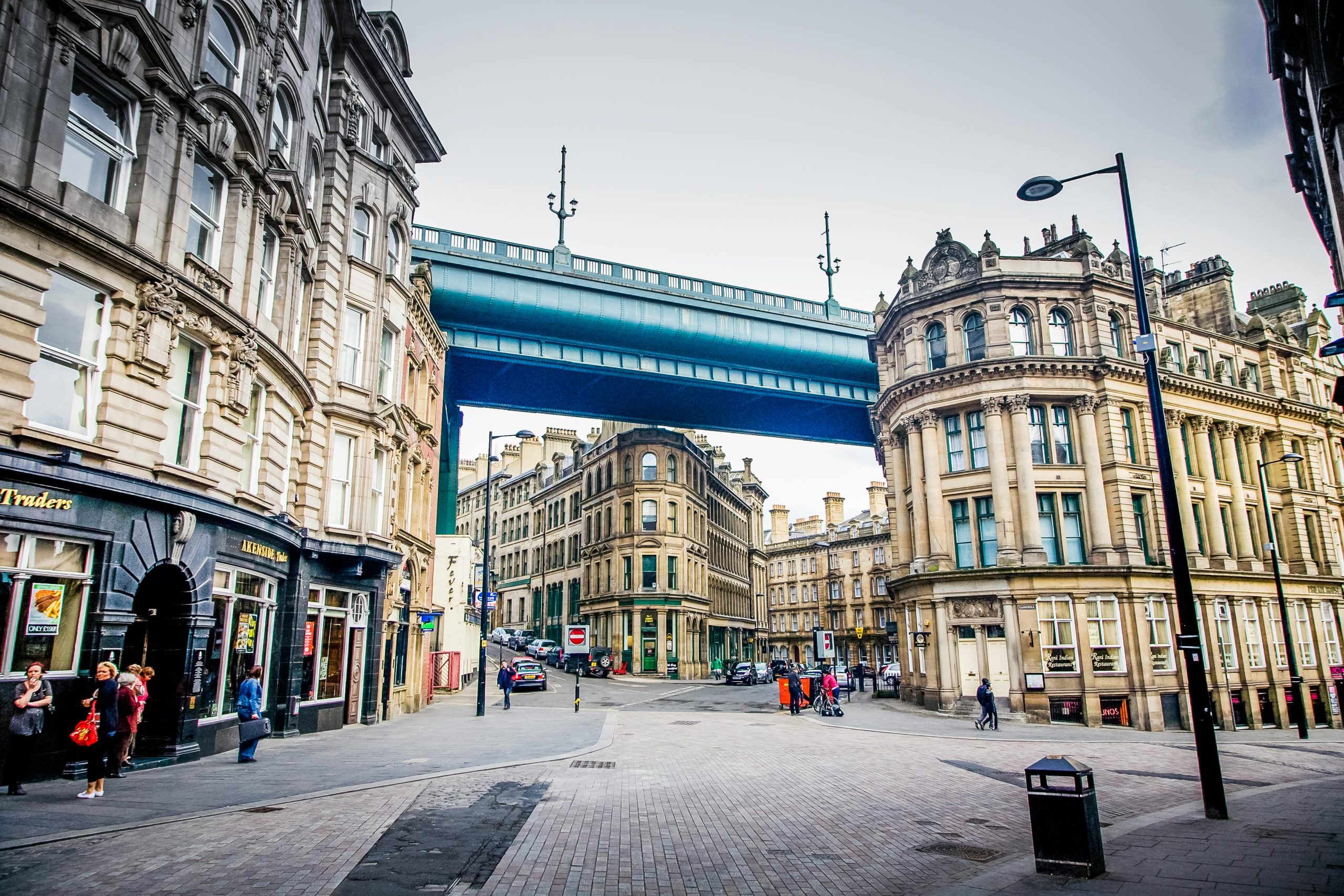
2 thoughts on “The Danelaw: A Historical Legacy Shaping Modern England”
Comments are closed.